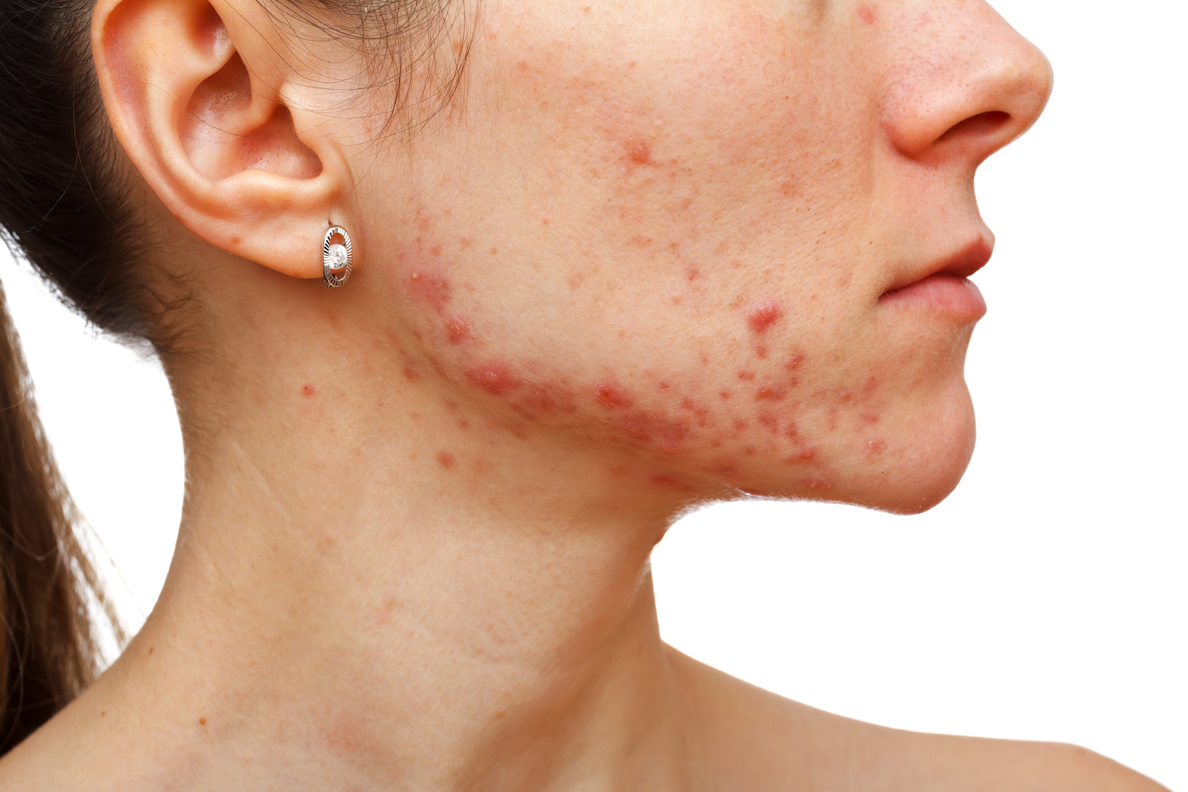
4 Causes and Treatments of Skin Rash
A skin rash basically refers to an inflammation of the skin and is generally characterized by redness, welts, or raised bumps. Rashes on the skin may itch or burn and occasionally blister. Some common causes of a skin rash include exposure to poisonous plants, sun allergies, insect bites, and shingles. Here are a few common causes and treatments of skin rashes.
1. Poisonous Plants
Poisonous plants include poison ivy, poison oak, and poison sumac. These plants are typically found in wooded areas. The leaves contain an oily substance known as urushiol, and when the skin comes in contact with it, an irritating skin rash may occur. The rash is caused by an allergic reaction to the urushiol. To avoid contact with poisonous plants when venturing into wooded areas, you should cover up with long sleeves and long pants, as exposed skin may be at risk. If you do come in to contact with a poisonous plant, wash your skin, hair and nails immediately. The effect may be passed on to others through skin-to-skin contact, as the oils from the plant is spread. If you subsequently develop a rash from exposure to a poisonous plant, treat it at once. After washing thoroughly with a gentle soap, you may use calamine lotion to control the itch and irritation. You may also take a soothing oatmeal bath, use cooling aloe gel on the area or a cortisone cream to reduce inflammation. It may take a week or two for the rash to clear up.
2. Sun Allergy
Some individuals develop a skin rash when exposed to the sun. This condition is sometimes referred to as photosensitivity. When the immune system overreacts to exposure from the sun, itchy rash or welts may occur. In more severe cases, blistering of the affected area may also occur. If you develop an itchy, red, swollen rash shortly after being exposed to the sun, you may have a sun allergy. Your dermatologist may provide a diagnosis and possible treatment options. The best way to avoid a flare-up or skin eruption is to cover up when venturing outdoors. Wear a wide brimmed hat, and apply a sunscreen before going outside. Cool compresses may help relieve the discomfort of a skin rash caused by photosensitivity. If over-thecounter remedies do not provide relief, your doctor may prescribe an oral antihistamine or topical cortisone cream. Use as directed.
3. Bug Bite
Bug bites, such as those from fleas, ants, and other insects, may cause an allergic reaction in some individuals. This reaction may then cause an itchy, red, or swollen rash. Welts and hives from the insect bites may swell if the area is scratched. For this reason, it is advisable to use an anti-itch and antiinflammatory preparation on the affected area and not to scratch the irritated skin. If you are stung by an insect, such as a bee or wasp, remove the stinger, then apply ice to the affected area. Doing so will help reduce possible swelling. Severe allergic reactions to insect bites may cause serious complications that require professional medical treatment.
4. Shingles
The medical term for shingles is varicella zoster. Shingles is caused by the chicken pox virus, and those affected may develop a red and inflamed rash, often with painful blisters. If you have had the chicken pox, the shingles virus may remain dormant in your system for many years before it becomes activated and causes the symptoms. Although your doctor may prescribe anti-viral medications, you may also need treatment to heal the rash and ease the discomfort. Painkillers and topical creams with a numbing effect may provide some relief. Ask your doctor for further advice. In conclusion, follow the methods above to treat mild skin rashes or consult with a dermatologist. If you develop swelling of the throat or difficulty breathing, seek immediate emergency medical treatment.
